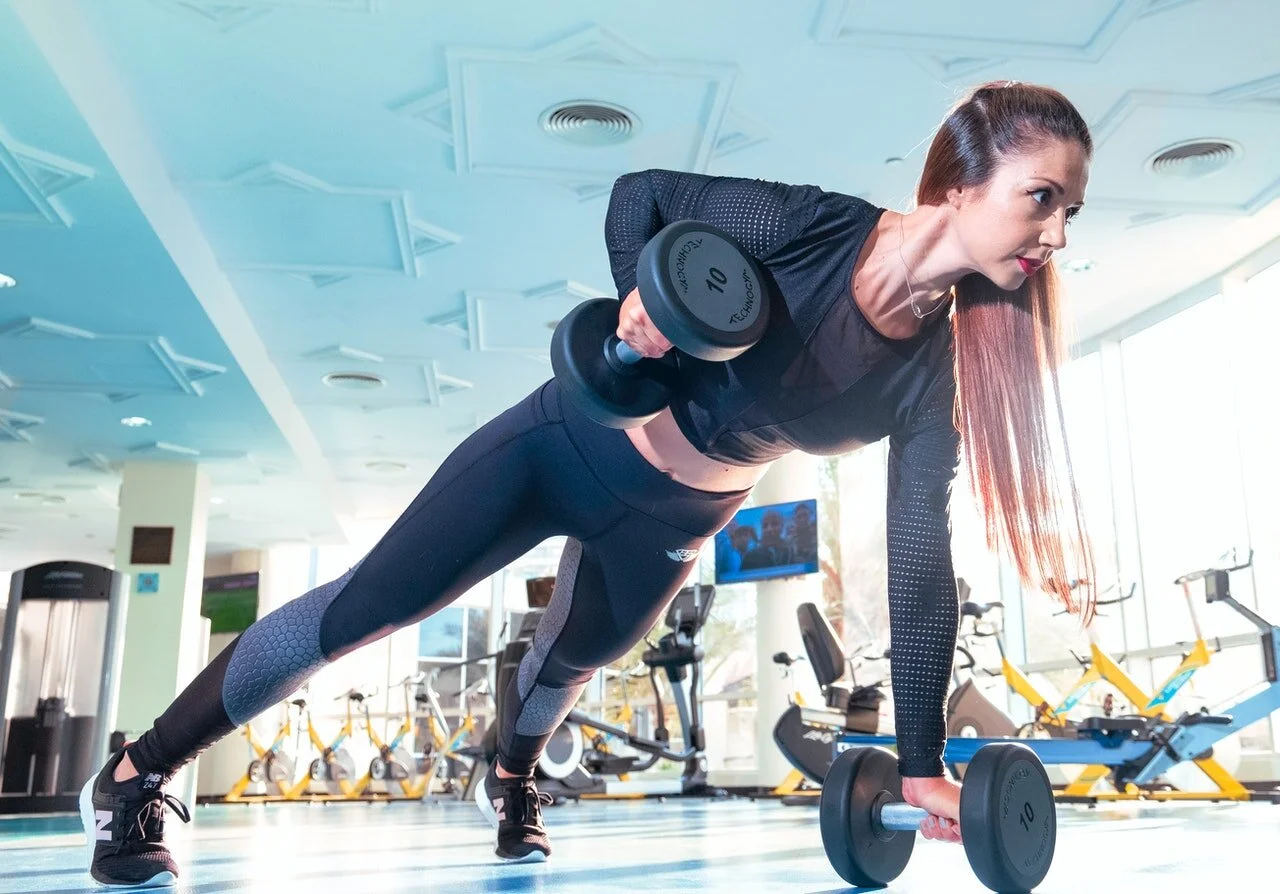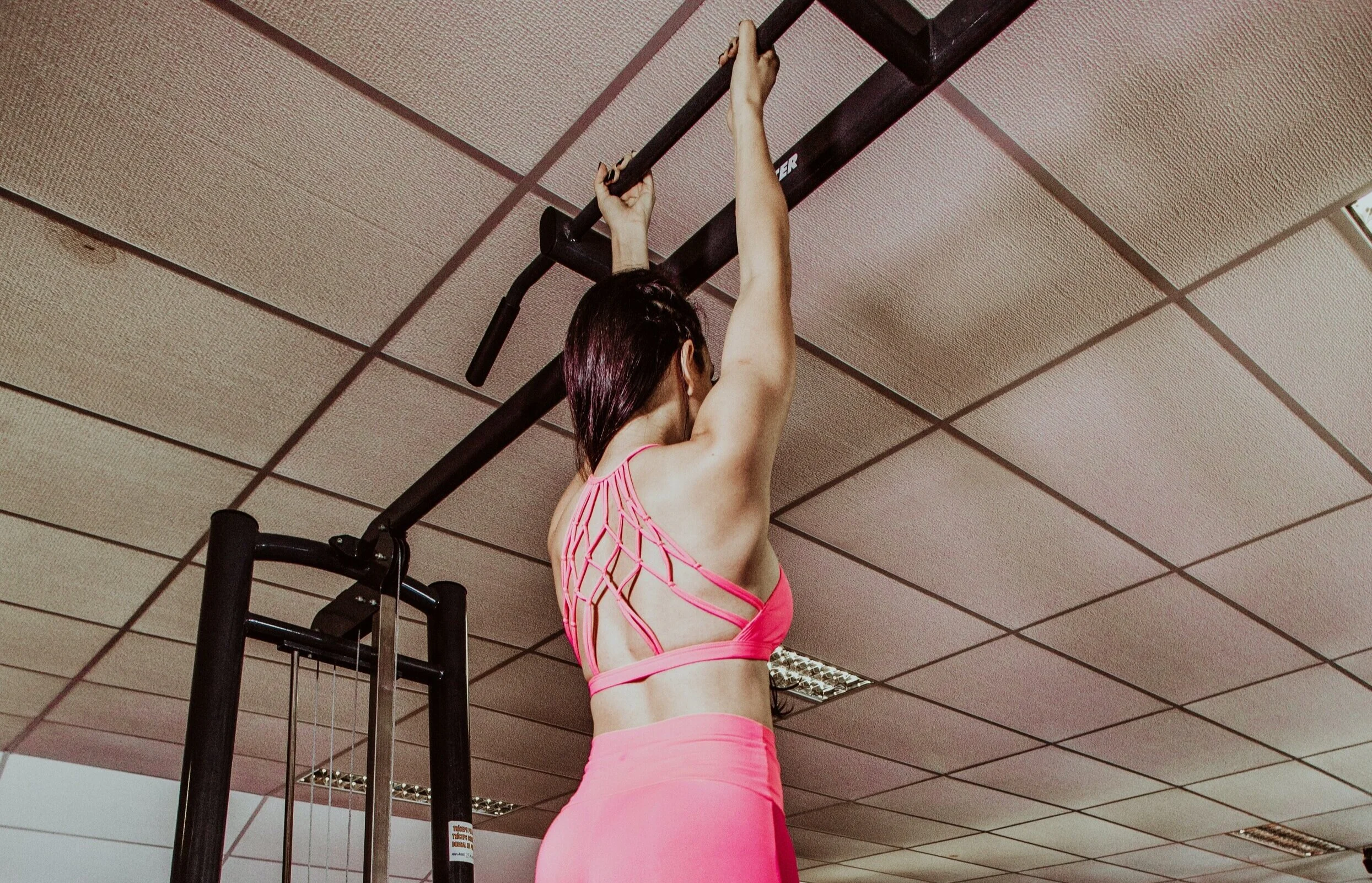Recently, I was interviewed by Wayfair.com about bad posture at your desk. If you’re dealing with neck, shoulder, or lower back discomfort, you may want to read the reprint of the interview below.
Personal Trainer Wisdom: Most likely, you are experiencing many symptoms, including lower back, hip, and shoulder discomfort and pain, that are surefire tells of your bad posture. Considering the constant distractions, it's not a surprise that you don't recognize these symptoms or realize how you shift your weight to one hip while speaking to someone or round your back while working on the computer 8-10 hours per day. In small amounts, your body is adaptable and can function out of a neutral zone (Translation: Pick up light objects with a rounded back). When reinforced repetitively, though, you are creating an imbalanced, inefficient system that can eventually lead to rounded shoulders or a posterior hip tilt (rounded lower back).
Personal Trainer Wisdom: The number one key to your best physical health and perfect posture is awareness. Simple check-ins throughout the day can minimize or eliminate most chronic problems. Although the human body isn't meant to sit for extended periods of time, most industries require it. If you're going to do it, you must do it well. Essentially, you're fighting nature while maintaining a flexed position at your desk under quite a bit of sustained stress. Our bodies are meant to move in a neutral position, however, and you're most likely guilty of doing the opposite up to this point.
While it's not realistic to assume that you'll walk and type on a Stairmaster at the office, you can take several measures to maintain a neutral spine--the natural position of the spine that doesn't place unnecessary stress on your disks and maintains the natural curve of your neck and lower back. First, adjust your seat to the appropriate height to reduce a tilt in your hips or a round in your lower back. Your knees should directly extend from your hips at a 90 angle or lower. Second, maintain a neutral position while seated. Keep your ears above your shoulders, shoulders above your hips, heels under your knees, and your feet flat on the floor. Third, stand up and/or walk when you fidget or reposition your body while seated. If you begin to shift in your seat, listen to your body! It's time to move! It takes muscle activation and strength to fight gravity and maintain perfect posture. Although you may be using the right muscles, they will fatigue too! With this being said, relight the system and find a reason to walk around.
Personal Trainer Wisdom: Your best tool for maintaining good posture is self-awareness. No matter what system you would put in place, you may unconsciously compensate in one way or another. An adjustable, ergonomic chair that allows you the fit for your neutral spine and the adjustable height to find the appropriate level for your hips is a priority. An adjustable desk will also help you find the proper height for your computer keyboard and the placement of screen to limit any slouching. In the case your desk doesn't offer an adjustable function, you may want to simply elevate your computer screen to eye level instead.
Personal Trainer Wisdom: In response to the constant demand on your body (gravity counts), it's important to move or change position every 20-30 minutes. The same principle applies when utilizing a raiseable desk. As mentioned before, your muscles will fatigue while maintaining perfect posture. Not surprisingly, ambitious people have bought the raisable desks with hopes of resolving their postural issues but still end up compensating by shifting their weight while standing and placing themselves in compromising positions. When you shift, it isn't a failure! It's just a cue to reposition. Sitting, standing, or walking may be the most appropriate response.
More to Read: If you want to see a portion of this interview as well as the insight from other health professionals, please check out the article on Personal Trainer Wayfair.com at the bottom of the page!
Photo Credit:
Glossglam.com –Is Glossglam right? Do your habits at your desk really affect posture?
Article Credit:
Author: Michael Moody Fitness
Wayfair: How can you tell if you have bad posture during your day to day?
Personal Trainer Wisdom: Most likely, you are experiencing many symptoms, including lower back, hip, and shoulder discomfort and pain, that are surefire tells of your bad posture. Considering the constant distractions, it's not a surprise that you don't recognize these symptoms or realize how you shift your weight to one hip while speaking to someone or round your back while working on the computer 8-10 hours per day. In small amounts, your body is adaptable and can function out of a neutral zone (Translation: Pick up light objects with a rounded back). When reinforced repetitively, though, you are creating an imbalanced, inefficient system that can eventually lead to rounded shoulders or a posterior hip tilt (rounded lower back).
Wayfair: What are some tips to improve posture while at your desk?
Personal Trainer Wisdom: The number one key to your best physical health and perfect posture is awareness. Simple check-ins throughout the day can minimize or eliminate most chronic problems. Although the human body isn't meant to sit for extended periods of time, most industries require it. If you're going to do it, you must do it well. Essentially, you're fighting nature while maintaining a flexed position at your desk under quite a bit of sustained stress. Our bodies are meant to move in a neutral position, however, and you're most likely guilty of doing the opposite up to this point.
While it's not realistic to assume that you'll walk and type on a Stairmaster at the office, you can take several measures to maintain a neutral spine--the natural position of the spine that doesn't place unnecessary stress on your disks and maintains the natural curve of your neck and lower back. First, adjust your seat to the appropriate height to reduce a tilt in your hips or a round in your lower back. Your knees should directly extend from your hips at a 90 angle or lower. Second, maintain a neutral position while seated. Keep your ears above your shoulders, shoulders above your hips, heels under your knees, and your feet flat on the floor. Third, stand up and/or walk when you fidget or reposition your body while seated. If you begin to shift in your seat, listen to your body! It's time to move! It takes muscle activation and strength to fight gravity and maintain perfect posture. Although you may be using the right muscles, they will fatigue too! With this being said, relight the system and find a reason to walk around.
Wayfair: Are there any tools, accessories, or furniture that are best suited for having good posture throughout a workday?
Personal Trainer Wisdom: Your best tool for maintaining good posture is self-awareness. No matter what system you would put in place, you may unconsciously compensate in one way or another. An adjustable, ergonomic chair that allows you the fit for your neutral spine and the adjustable height to find the appropriate level for your hips is a priority. An adjustable desk will also help you find the proper height for your computer keyboard and the placement of screen to limit any slouching. In the case your desk doesn't offer an adjustable function, you may want to simply elevate your computer screen to eye level instead.
Wayfair: For offices with raiseable desks, how much time should someone switch between sitting and standing for the most comfortability?
Personal Trainer Wisdom: In response to the constant demand on your body (gravity counts), it's important to move or change position every 20-30 minutes. The same principle applies when utilizing a raiseable desk. As mentioned before, your muscles will fatigue while maintaining perfect posture. Not surprisingly, ambitious people have bought the raisable desks with hopes of resolving their postural issues but still end up compensating by shifting their weight while standing and placing themselves in compromising positions. When you shift, it isn't a failure! It's just a cue to reposition. Sitting, standing, or walking may be the most appropriate response.
More to Read: If you want to see a portion of this interview as well as the insight from other health professionals, please check out the article on Personal Trainer Wayfair.com at the bottom of the page!
Photo Credit:
Glossglam.com –Is Glossglam right? Do your habits at your desk really affect posture?
Article Credit:
Author: Michael Moody Fitness































